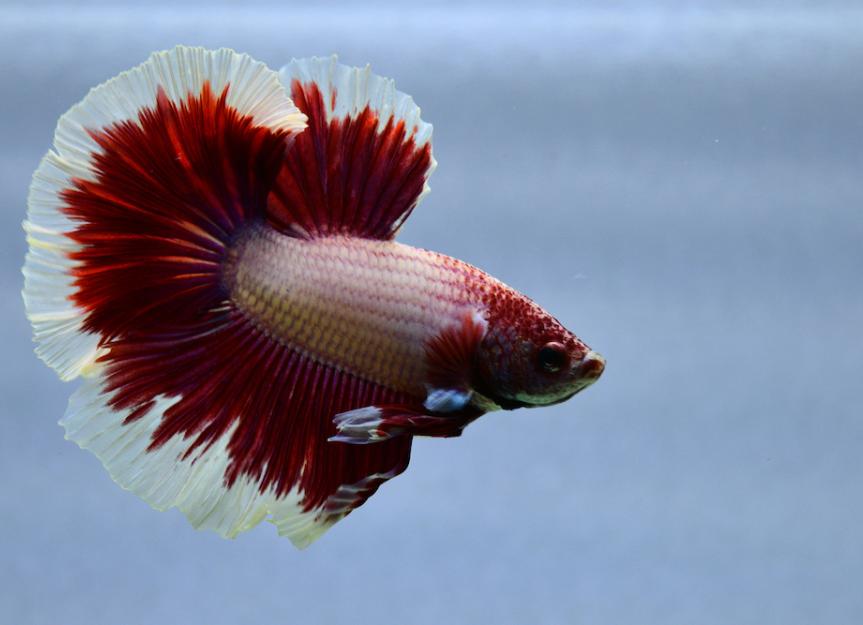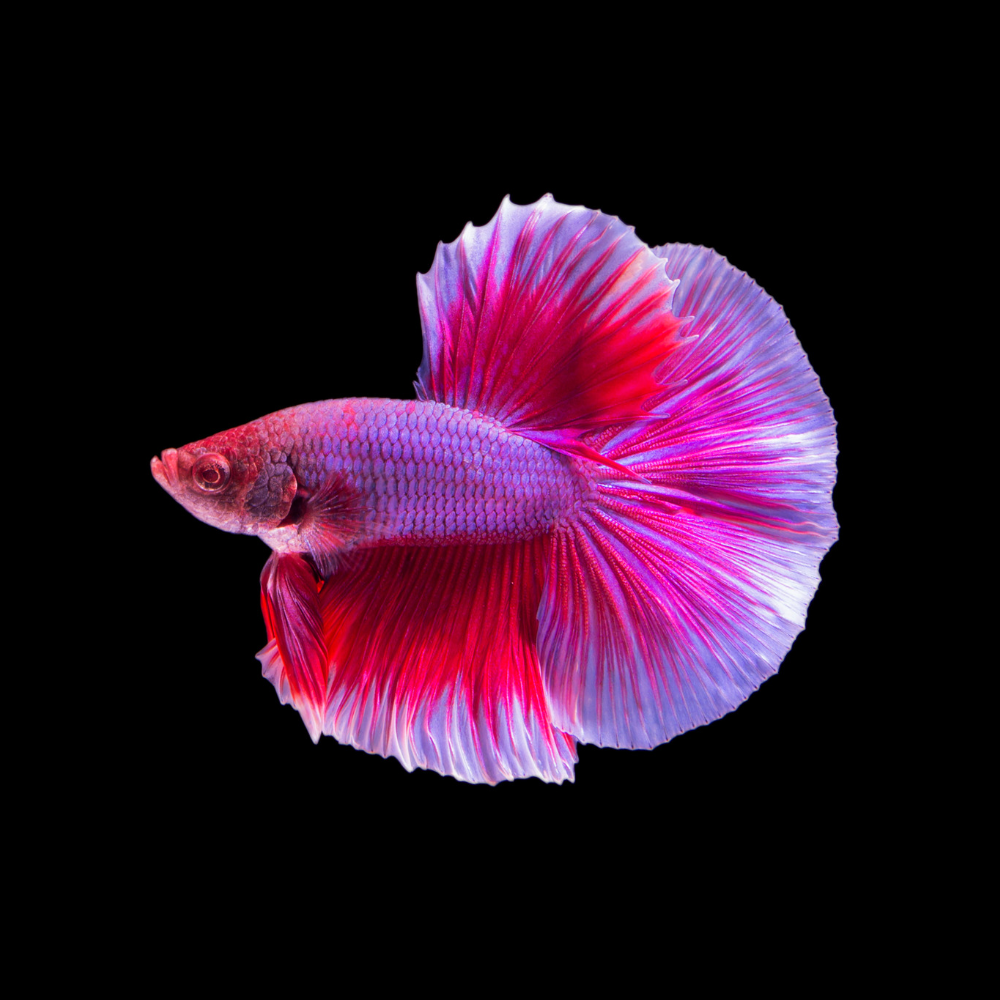Exactly How to Breed Betta Fish Efficiently: Specialist Strategies and Insights for Hobbyists Aiming To Broaden Their Betta Collection
Reproducing Betta fish requires a nuanced understanding of genetics and ecological problems, making it necessary for hobbyists to approach the procedure with both diligence and care. Producing an ideal reproduction atmosphere, picking the ideal sets, and observing the intricacies of their courtship habits are foundational steps that can significantly influence the outcome. The subsequent treatment of the fry is vital for guaranteeing their healthy and balanced advancement. As we explore these crucial parts, it comes to be clear that successful breeding is not practically the preliminary pairing yet incorporates a more comprehensive method that qualities mindful consideration.
Understanding Betta Fish Genes
Comprehending the genes of Betta fish is vital for effective reproduction, as it influences qualities such as color, fin form, and actions. Betta fish display a varied range of shades and patterns, mainly figured out by their genetic make-up. The primary genes responsible for coloration include the "B" gene for blue, "D" gene for red, and the "C" gene for color intensity. Breeders can control these characteristics by selecting details parent fish that show desired features.
Along with pigmentation, fin morphology is one more significant aspect of Betta genetics (betta fish). The form and dimension of fins are influenced by different genetics, including those that figure out whether the fins are brief, long, or veil-shaped. Comprehending these genetic variations aids breeders predict the phenotypic outcomes of their children
Moreover, behavioral characteristics such as aggression and territoriality can likewise be influenced by genes. These behaviors play an essential role in the reproducing procedure, as they can affect spawning success and the general temperament of the resulting fry. By comprehensively recognizing these genetic concepts, dog breeders can make educated decisions, inevitably improving their reproduction programs and accomplishing preferable outcomes.
Preparing the Reproduction Atmosphere
Creating an optimum breeding atmosphere is important for the successful reproduction of Betta fish. The first action in preparing this environment is to select an ideal reproduction tank, preferably ranging from 5 to 10 gallons. This dimension enables enough swimming space and the facility of areas. The container needs to be outfitted with a heating unit to keep a steady temperature level between 78 ° F and 80 ° F, which is crucial for encouraging spawning actions.
Next, consider the usage of a sponge filter or an air rock to provide gentle water circulation without developing solid currents that can stress the fish. It is vital to mount plants or reproducing cones to supply concealing spots and advertise convenience for the woman throughout the spawning procedure. Floating plants, such as Java moss or water sprite, can likewise develop a much more all-natural setting while promoting bubble nest structure by the male.
Before introducing the breeding pairs, guarantee the water is conditioned and without damaging chemicals, such as chlorine or heavy metals. betta fish. Normal water changes need to be conducted to keep optimal water quality, improving the chances of effective breeding. With these prep work in position, the reproducing setting will certainly support the health and wellness and wellness of both Betta fish
Selecting Reproduction Pairs
Picking the appropriate reproduction pairs is important for attaining successful Betta fish recreation. Healthy Betta fish exhibit lively colors, clear eyes, and energetic behavior.
Character is another crucial factor to consider, as Betta fish are understood for their hostile nature. It is a good idea to select a man and woman directory that display compatible characters to useful content reduce tension during the reproducing procedure. A tranquil male can motivate a smoother courtship, while a woman that is too hostile may interrupt the process.
Hereditary history also plays a significant duty in the top quality of the children. Breeding fish that are genetically diverse can reduce the danger of genetic health concerns and improve the overall vigor of the fry. It is helpful to investigate the lineage of both the male and female, concentrating on desirable traits such as fin type, color patterns, and dimension.
The Breeding Refine
The reproduction procedure of Betta fish calls for careful planning and attention to detail to ensure a successful outcome. It is essential to prepare an appropriate breeding tank, preferably a 5-10 gallon aquarium with a temperature kept at 78-80 ° F. The storage tank needs to be equipped with a heater, filter (preferably sponge type to prevent strong currents), and a lot of aquatic plants for the female to hide.
As soon as the environment is set, introduce the picked reproducing pair to the storage tank, allowing them to accustom. Observe their actions; the male will certainly present intricate courtship rituals, consisting of flaring his fins and constructing a bubble nest. If the woman shows interest, she will display upright stripes suggesting preparedness for spawning.
When the lady is responsive, the pair will involve in a mating accept, throughout which the male feeds the eggs. Maintaining optimum water conditions during this period is vital for go to the website the advancement of healthy Betta fry.
Caring for Betta Fry

Feeding Betta fry is vital, as they call for a diet regimen high in healthy protein. At first, they can be fed infusoria or liquid fry food, transitioning to carefully crushed high-quality pellets as they expand. Feed little parts numerous times a day to motivate healthy and balanced growth without straining the tank with uneaten food.

As they grow, monitor their development very closely and separate any kind of aggressive individuals to avoid harm. By supplying a supporting atmosphere and correct nourishment, hobbyists can effectively increase Betta fry right into vibrant, healthy fish, inevitably improving their breeding endeavors.
Verdict
Successful Betta fish reproduction requires careful interest to hereditary choice, environmental problems, and treatment for the fry. By comprehending the genes of Betta fish and preparing an ideal reproduction atmosphere, enthusiasts can enhance the possibilities of producing vivid, healthy children. Selecting suitable breeding sets and closely keeping an eye on the courtship and generating procedures are crucial. Offering optimum care for the fry guarantees their healthy and balanced development, contributing to a successful Betta collection.